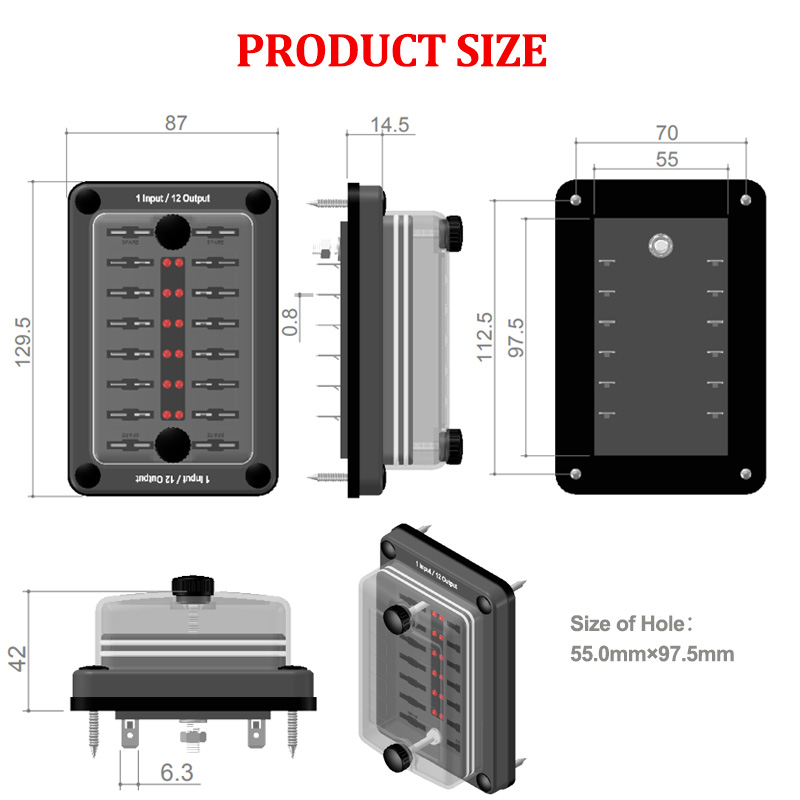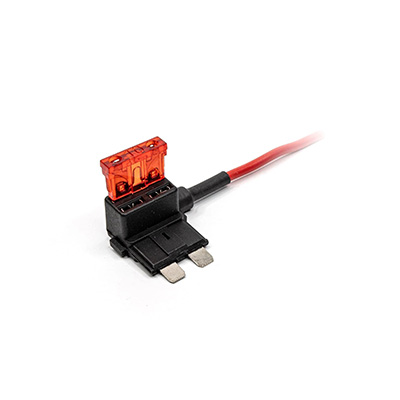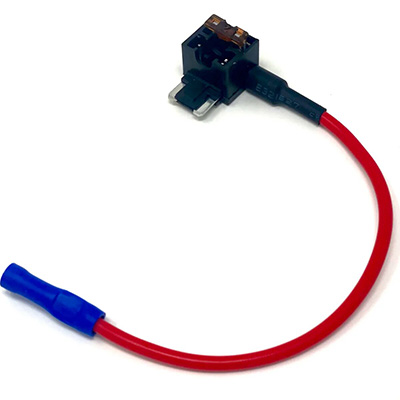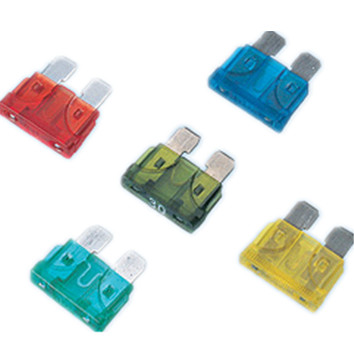How to Install a Car Fuse Holder with Inline Connectors
News 2025-10-20
Installing a car fuse holder with inline connectors is vital for protecting vehicle electrical systems from overloads and short circuits. This method is widely used in automotive modifications, such as adding custom lighting or sound systems, where reliable circuit protection is essential. Inline connectors simplify the process by enabling quick, secure connections without soldering, which enhances safety and allows for easy future adjustments. By incorporating these components, users can achieve better performance through reduced wiring complexity and improved fault isolation in various driving scenarios.

Preparing Tools and Materials
Gather all necessary items before starting to ensure efficiency. Key tools include wire strippers, cutters, and crimping tools, while materials consist of the fuse holder with inline connectors, fuses matched to your circuit’s current rating, and electrical tape for insulation. Choosing components based on wire gauge and voltage compatibility is crucial for optimal performance, as it minimizes resistance and heat buildup, making the setup durable for long-term use in automotive environments.
Step-by-Step Installation Guide
Start by disconnecting the vehicle’s battery to prevent electrical hazards. Locate the appropriate power source in the fuse box or wiring harness for your accessory. Strip the wire ends, crimp the inline connectors securely onto both the fuse holder and the circuit wires, then connect them together. Insulate all joints with electrical tape and position wires to avoid interference with moving parts. Reconnect the battery, test the circuit by activating the device, and verify that the fuse holder operates correctly under load, ensuring a safe and functional installation.
Frequently Asked Questions
1. What are the main advantages of inline connectors in fuse holders?
They provide a quick, tool-free connection that enhances modularity and reduces installation time, making electrical modifications more accessible and less error-prone.
2. How do I select the right fuse for my car application?
Choose a fuse rating based on the device’s typical current draw, adding a small margin to prevent unnecessary tripping while still offering effective protection against overloads.
3. Is this installation suitable for novice users?
Yes, with basic tools and adherence to safety protocols, beginners can handle it, but consulting a professional is recommended if unfamiliar with automotive wiring.


